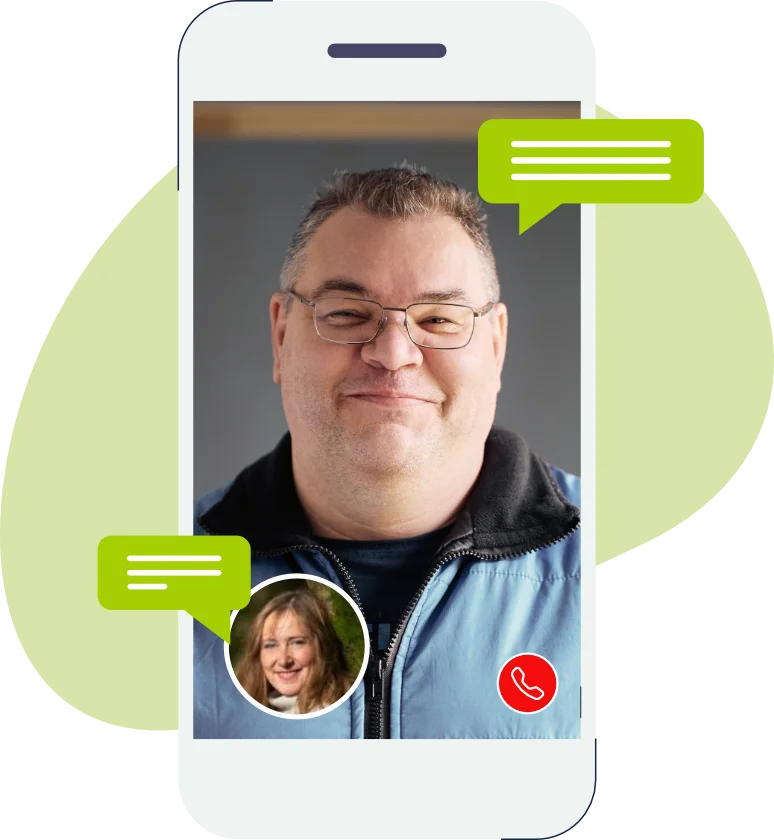When naltrexone is administered at a dose of 50mg, it completely blocks the opioid receptors, which is why it’s commonly used to help with addiction by preventing the euphoric effects associated with opioid use. However, at much lower doses, typically between 0.1mg and 6mg, naltrexone only partially blocks these receptors. This partial blockade prompts the body to upregulate opioid signaling and increase the production of endogenous endorphins, leading to enhanced pain relief. Researchers have also discovered that low-dose naltrexone (LDN) may significantly affect the immune system.
Many diseases are linked to immune system dysfunction. Endorphins, which primarily interact with opioid receptors, play a key role in regulating the immune system. By temporarily blocking these receptors with naltrexone, the body increases endorphin production, which can help modulate the immune response and correct immune system imbalances.
Additionally, certain endorphins regulate cell proliferation, with some capable of inhibiting cell growth, which could have implications for treating certain cancers.
The immune-modulating effects of LDN are believed to be influenced by the different isomers of naltrexone. Some drug molecules exhibit chirality, meaning they have a "left-handed" and a "right-handed" form, much like our hands. This property is important because different isomers may interact with various receptors in the body. In the case of naltrexone, the "levo" form (levo-naltrexone) blocks opioid receptors, while the "dextro" form (dextro-naltrexone) blocks Toll-Like Receptors (TLRs).
Toll-Like Receptors and Low Dose Naltrexone:
Toll-like receptors (TLRs) are a crucial part of the innate immune system, serving as the body’s first line of defense against microbial threats. These receptors are found on various immune cells, including white blood cells, dendritic cells, and others. When bacteria or viruses invade the body, TLRs recognize specific components of these pathogens, triggering an immune response.
Activation of TLRs leads to the production of pro-inflammatory cytokines, which are small proteins that help coordinate the immune response. For instance, they can signal white blood cells to attack the invading pathogen or instruct infected cells to undergo programmed cell death. A key molecule in this process is NF-kB, which plays a significant role in inflammation and has been linked to the expression of oncogenes, which can lead to uncontrolled cancer cell growth.
However, TLRs can also be activated inappropriately, leading to excessive inflammation. Levo-naltrexone, by antagonizing TLR4 receptors, can help suppress this unwarranted inflammatory response. Studies have shown that naltrexone’s inhibition of TLR4 can alleviate symptoms of neuropathic pain, highlighting the therapeutic potential of this pathway.
Thus, the wide-ranging effects of naltrexone are largely due to its chiral nature. In its formulated state, naltrexone consists of a 50:50 mixture of levo and dextro isomers. Levo-naltrexone primarily acts on opioid receptors, promoting endorphin release, immune modulation, and reducing cell proliferation. Meanwhile, dextro-naltrexone antagonizes TLRs, suppressing cytokine-driven inflammation, reducing NF-kB production, and potentially downregulating oncogenes, contributing to its anti-inflammatory and possible anticancer effects.












